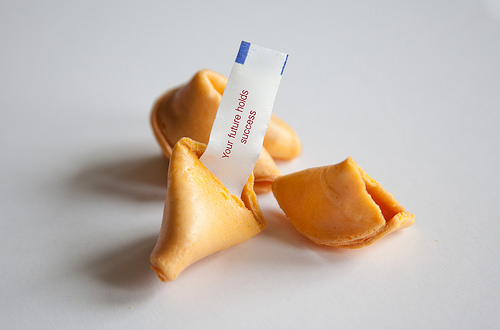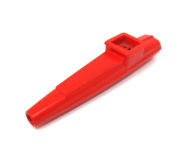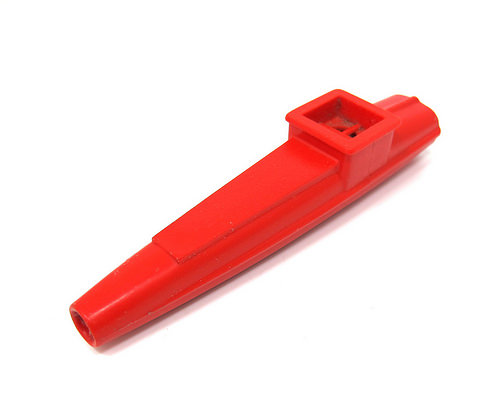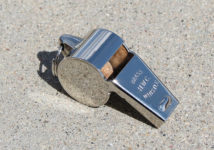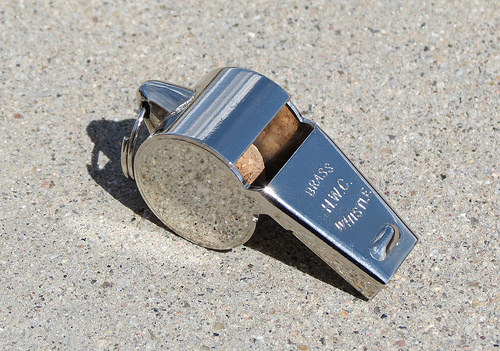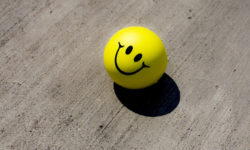
Fortune cookies are when Japanese meet Americans meet Chinese.
- Fortune cookies are sweet biscuits that are a folded circular shape, and they have a paper slip inside, that typically contains a message, which is revealed once the cookie is broken in half.
- In China, fortune cookies are relatively unknown yet they are extremely popular in America, ironically in Chinese restaurants, and due to their availibity in such restaurants, they are widely thought to be of Chinese origin.
- Fortune cookies are made from a batter primarily consisting of flour and sugar, as well as egg, and they usually contain either butter and vanilla, or miso and sesame, and are baked in an oven.
- Many stories exist regarding the invention of fortune cookies, however it is likely that they are simply a slight variation of ‘tsujiura senbei’ (‘fortune crackers’), that were being made and sold near temples in Japan in the 1800s.
- Once fortune cookies have been cooked, a slip of paper with a message is placed on the circular biscuit, and while the biscuit is still hot, it is folded in half and the points are squeezed together to form the distinctive shape of the cookie, and this encloses the fortune.
Fortune Cookies
Image courtesy of Flazingo Photos/Flickr
- It is believed that Japanese immigrants living in California introduced fortune cookies to the United States in the early 1900s, possibly changing the ingredients slightly to suit Westerners.
- The messages contained inside fortune cookies are commonly vague, though generally positive, and they may have a proverb, suggest a destiny, or give advice, or may list numbers that are said to bring good luck.
- ‘Fortune cookies’ were initially known as ‘fortune tea cookies’ in the United States, until around the time of World War II.
- The mass production of fortune cookies began sometime in the late 1960s or early 1970s, as specially purposed machinery was invented; and in 2008, approximately three billion of the cookies were produced across the globe, most of which were consumed in the United States.
- Fortune cookies increased dramatically in popularity when Chinese immigrants took over the production of the food in the United States, after Japanese labourers were imprisoned during World War II.
Bibliography:
Fortune Cookie, 2016, Wikipedia, https://en.wikipedia.org/wiki/Fortune_cookie
Hiskey D, Fortune Cookies Were Invented in Japan, Not China, 2011, Today I Found Out, http://www.todayifoundout.com/index.php/2011/12/fortune-cookies-were-invented-in-japan-not-china/
If the Fortune Cookie Didn’t Originate in China or America, Where Did It Come From?, 2015, The Huffington Post, http://www.huffingtonpost.com.au/entry/fortune-cookie-history_b_6430962
Lee J, Solving a Riddle Wrapped in a Mystery Inside a Cookie, 2008, The New York Times, http://www.nytimes.com/2008/01/16/dining/16fort.html?_r=3&pagewanted=all
Olver L, Chinese Food, 2015, The Food Timeline, http://www.foodtimeline.org/foodasian.html#fortunecookies




